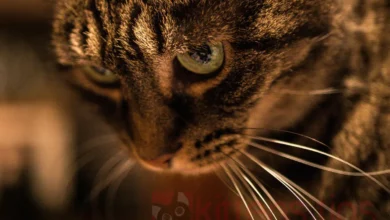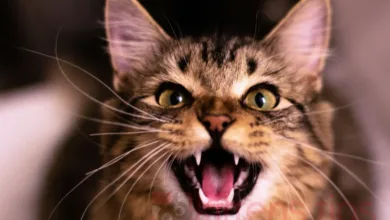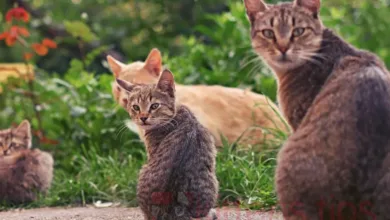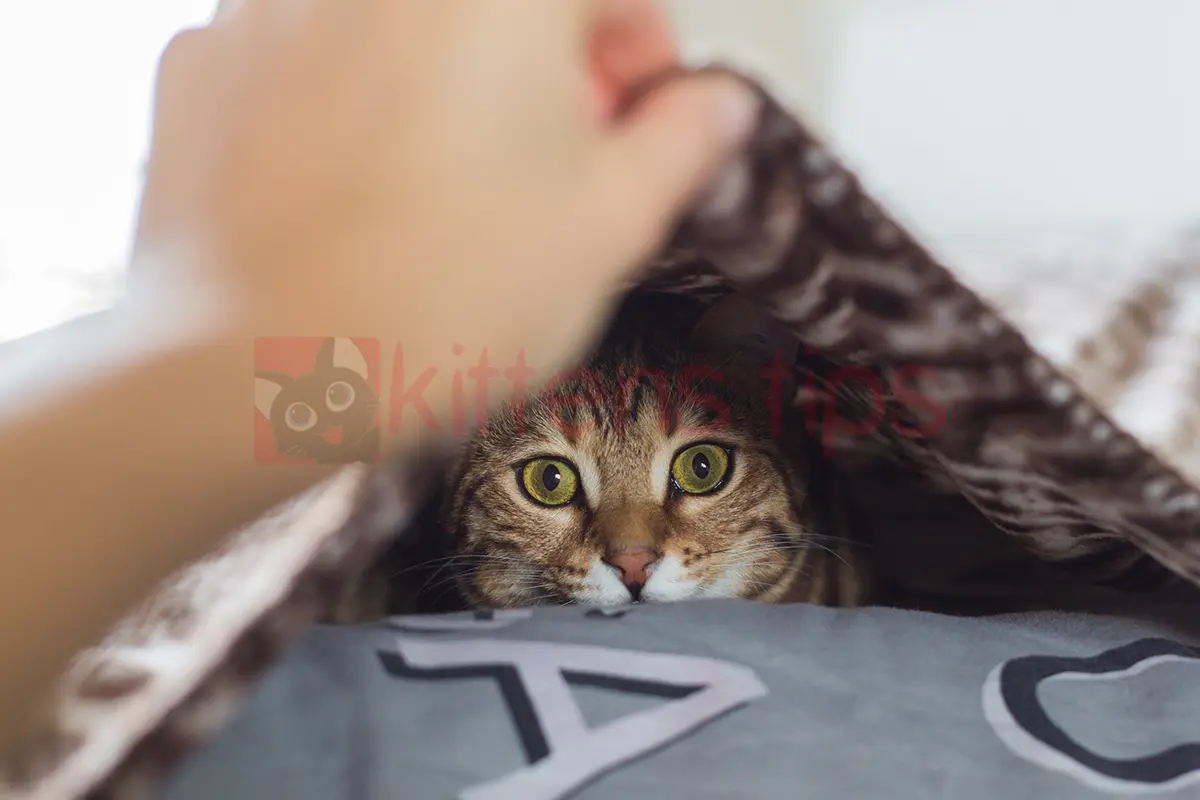
Why Cats Hide and What Are Their Preferred Hiding Spots
Do you know why cats hide and what their preferred hiding spots are? Let’s explore curiosities from the world of cats together.
If you’re already a cat “parent,” you’ve probably noticed that your feline friend likes to hide and nap in the most unexpected places. Under the bed covers, in the hallway closet, among the clothes on the shelves in the wardrobe, in boxes, and in other spots that challenge your imagination when you try to find her. Especially since many cats don’t even come when called if they’re hiding somewhere.
Hiding is part of a cat’s instinctive behavior, with their ancestors seeking isolated, high, dark, or secluded spots to hide from dangers and give birth to their offspring. By nature, felines are curious and cautious animals, and hiding, especially when they sleep, is ingrained in their DNA. They want to be in a safe place, ideally elevated or secluded, where a potential threat would be harder to reach them.
Table of Contents
Why Cats Hide and What Are Their Preferred Hiding Spots
Even when domesticated and enjoying all the warmth and attention from their owners, house cats are no exception to this instinct. If you leave the closet door open, 99% of cats will find a way to reach a clothes shelf and create a warm and well-hidden nest among them. The same will happen if you bring a sufficiently large box into the house. Without hesitation, after a brief inspection, they will enter the box and claim it as their own.
In the case of shy cats, they tend to hide when you have guests, make renovations, change the home environment, or introduce a new member to the family, even a furry one. Changes in their surroundings and interactions with new people prompt them to stay secluded in a place where they feel safe. It’s their way of coping with changes and protecting themselves from potential dangers or stressful situations.
In more serious cases, a cat may hide due to health issues. They may seek secluded and cool places in the case of internal infections or other conditions. Therefore, it’s crucial to observe if your cat becomes restless, aggressive, excessively vocal, loses interest in people and toys around, stays still and hunched, stops using the litter box, or neglects grooming.
These are clear signs of pain and discomfort, and a visit to the veterinarian cannot be postponed. Seeking medical assistance is essential to diagnose and treat any condition or illness your cat may be experiencing.
Typically, cats choose to hide and relax after a more hectic day. Even if your cat isn’t scared of the vacuum cleaner noise, for example, they may be bothered by it. During and after cleaning, they will look for a secluded and quiet place to rest. Often, after cleaning, we jokingly say, “our cats are tired as if they’ve been cleaning all day, not us.” It’s a common reaction for cats to seek a relaxing spot after periods of activity or events that disrupt their routine.
Other reasons cats hide may also relate to their breed or predator instinct.
Cats are natural predators and use their hunting instinct to track and capture prey. Before engaging in a hunt, they may hide, carefully observing the surrounding environment and assessing potential hunting opportunities. A typical behavior is to crouch low, preparing to pounce at the right moment. If a cat suddenly appears and jumps at you, it’s a sign that she’s excited and ready to play.
Cats also love to spy. They seek a safe and high vantage point from where they can quietly observe both their owners and the entire surrounding territory. They typically choose to hide in elevated places, such as the top of a cupboard or a high windowsill, to have a better perspective of the surroundings.
Cats are known for their tendency to sleep a lot and seek quiet places for rest. “Do Not Disturb” (DND) is a preferred state for them when they want to rest undisturbed. They choose to hide in comfortable spots and stretch out to sleep peacefully.
These behaviors are an integral part of a cat’s nature and reflect their instincts and individual preferences. It’s important to provide your cat with the opportunity to express these behaviors in a safe and comfortable environment where they live.
What are the favorite hiding spots for cats?
Cardboard boxes, no matter how small, are adored by cats as they offer a soothing, warm, and comfortable space. Additionally, why cats hide, the sides of the box allow them to peek at what’s happening around or if their territory is being invaded.
Laundry baskets provide the necessary comfort. If you can’t find her all day, you might come across her when you want to do the laundry or iron clothes.
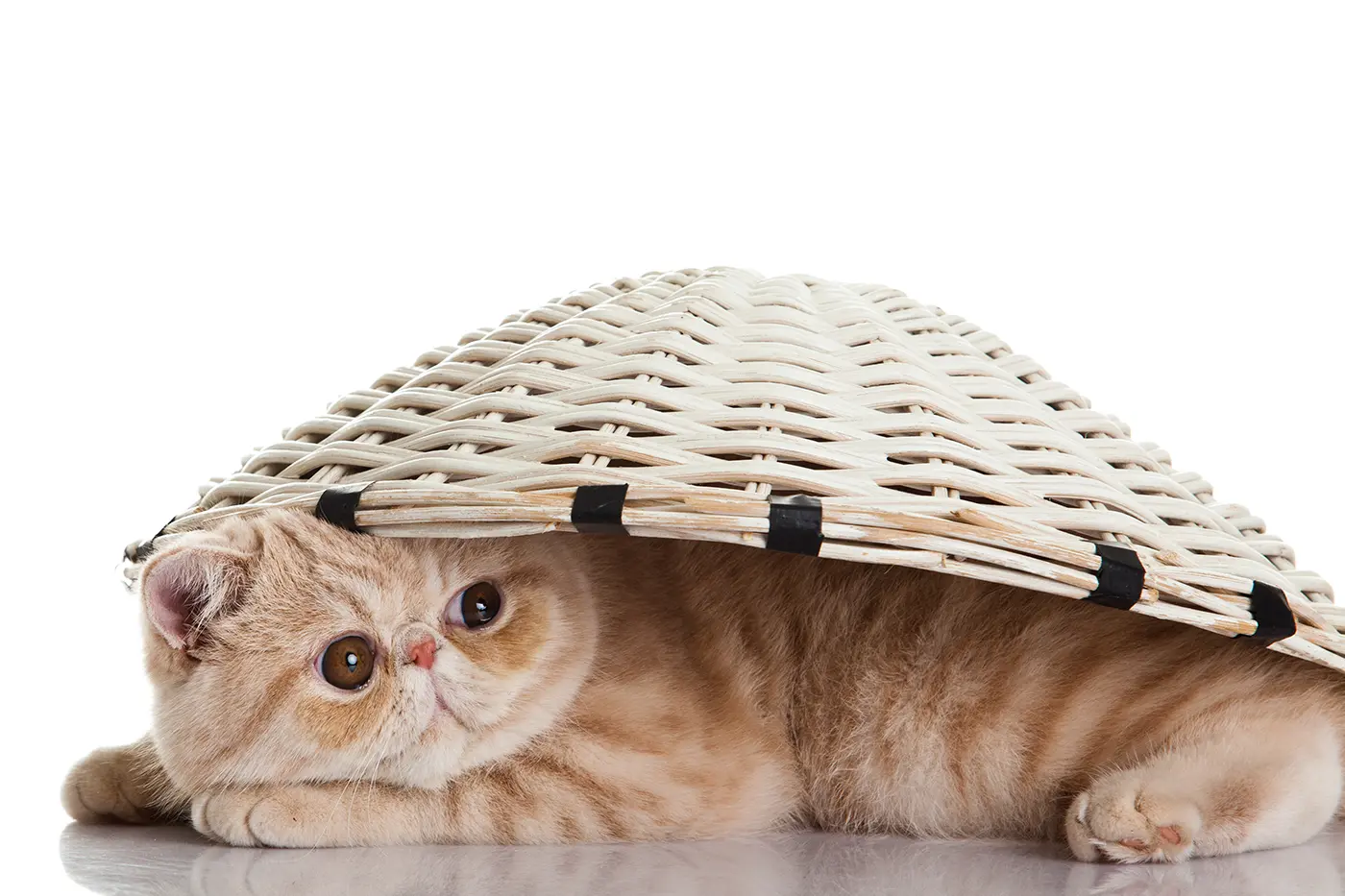
Under the bed, pillows, or blankets. Under the bed, she’ll feel safe if she’s scared or timid, and under blankets and pillows, she likes it simply because they are fluffy and warm. Especially during the cold seasons, don’t be surprised to see some “lumps” under the blanket.
The closet. The enclosed space of the closet perfectly isolates the noises in the house, allowing the cat to enjoy beauty sleep all day. Also, there’s the comfort provided by the clothing inside.
The sink. Although it might seem strange, a cat may choose to laze in the sink or bathtub, especially during the warm season. The sink offers the coolness they need.
Bags and sacks. Despite being a potentially dangerous place as a cat could suffocate, many felines choose bags and sacks for relaxation. This is after they’ve roamed them through every corner of the house and played with them. Additionally, why cats hide in bags and sacks could be attributed to their playful nature and the cozy feeling they provide.
Related: How do you keep the cat away from the Christmas tree?
Where have you found your cat sleeping?
